Roman Emperor Caligula
37 - 41 A.D.
Gaius Caesar Germanicus
Busts, Statues, Coins, Information, Maps, Images, and More

Caligula: From Beloved Prince to Notorious Tyrant? Separating Fact from Fiction
Caligula, the Roman emperor who reigned from 37 to 41 AD, remains one of history's most infamous figures. Popular portrayals depict him as a sadistic madman who declared his horse a senator, built lavish bridges for no reason, and indulged in outlandish cruelty. However, separating historical fact from sensationalized accounts written decades after his death is crucial to understanding the complex and often misunderstood legacy of Caligula.
A Privileged Childhood Blighted by Tragedy
Born Gaius Julius Caesar Augustus Germanicus in 12 AD, Caligula was a member of the prestigious Julio-Claudian dynasty. His father, Germanicus, was a beloved general, and his mother, Agrippina the Elder, a strong-willed woman. Young Caligula spent his early years accompanying his father on military campaigns, earning the nickname "Caligula" (Little Boots) from the soldiers due to his miniature military attire.
However, tragedy struck early. Germanicus died under suspicious circumstances in 19 AD, possibly poisoned by political rivals. Agrippina's attempts to secure power for her sons and herself led to further misfortune. She was banished in 33 AD, and most of Caligula's siblings were either exiled or murdered. These events undoubtedly shaped Caligula's worldview, instilling a sense of paranoia and a fierce desire for self-preservation.
A Popular Ascendancy and the Shadow of Doubt
When the aging emperor Tiberius died in 37 AD, Caligula, at just 24 years old, surprisingly became emperor. His accession was met with widespread public jubilation. He was seen as a break from the oppressive reign of Tiberius and a symbol of hope for a return to normalcy.
Caligula's early actions seemed to confirm this image. He released political prisoners, pardoned exiles, and held lavish games for the populace. However, this period of goodwill was short-lived.
The Enigma of Caligula's Reign
Historians struggle to pinpoint the exact moment when Caligula's behavior supposedly deteriorated. Our primary sources, written by Roman senators who despised him, are filled with outlandish stories of his cruelty, extravagance, and sexual perversion. Many of these accounts are likely exaggerated or even fabricated.
Examining the Evidence: Fact or Fiction?
- The Horse as Senator: There's no concrete evidence Caligula officially made his horse Incitatus a senator. He might have jokingly elevated the horse to his inner circle, or perhaps the story is a metaphor for his disregard for tradition.
- The Bridge to Nowhere: Caligula did order a temporary bridge to be built across the Bay of Baiae, possibly for military maneuvers or simply a show of his engineering prowess. The "pointless" construction may be a misrepresentation.
- The Incestuous Emperor: Accusations of incestuous relationships with his sisters are widespread but unsubstantiated. These claims could be politically motivated attacks on his character.
Possible Explanations for Caligula's Behavior
Several factors could explain Caligula's erratic actions:
- Illness: Some believe he may have suffered from a brain illness, possibly epilepsy or encephalitis, which could have affected his personality and decision-making.
- Paranoia: The constant threat of assassination, fueled by his family's tragic fate, might have warped his sense of trust and driven him towards ruthless behavior.
- Power Corrupts: The absolute power of the emperor's position could have allowed his darker impulses to flourish, leading to arrogance and disregard for the consequences of his actions.
Beyond the Sensationalism: A More Nuanced View
Despite the negative portrayals, Caligula's reign wasn't entirely devoid of positive achievements. He oversaw successful military campaigns in Germania and Britain and continued public works projects. However, his extravagant spending and growing paranoia ultimately eroded public support.
A Brutal Demise and an Enduring Legacy
In 41 AD, Caligula was assassinated by a group of Praetorian Guards and senators. His wife and daughter were also murdered. His successor, Claudius, quickly distanced himself from Caligula's legacy, further tarnishing his reputation.
Caligula's story remains a complex and fascinating one. Separating truth from fiction is a challenge, but it's clear that he was more than just a "mad" emperor. He was a product of his upbringing, a victim of circumstance, and perhaps a ruler who succumbed to the temptations of absolute power. His reign stands as a cautionary tale about the dangers of unchecked ambition and the fragility of sanity in the face

Caligula Busts and Statues
1. Bust of Gaius Caligula

Caligula is the adopted son of Tiberius. He is wearing a beard as a sign of mourning for the death of his sister Drusilla. This marble bust was sculpted and found in Thrace. It's on display at the Department of Greek, Etruscan and Roman Antiquities, Musee du Louvre, Paris, France
2. Face of Caligula

This marble bust of the Emperor Caligula was discovered in Thrace. The expression portrays him as innocent and kind, yet history describes him as cruel, insane, and practiced incest and homosexuality. The bust is on display at the Louvre Museum in France.
3. Emperor Caligula

This bust portrays Caligula as manly and very distinguished. Caligula was described as an Emperor who acquired what he lusted for, other men's wives, and even his own sister. He would lust for pretty women and discard them quickly. One of his many homosexual affairs was with a notable Greek actor. This bust is located at the Houston Museum of Natural Science .
4. Sculpture of Caligula

The Emperor Caligula only reigned for 3 years and 4 months. According to ancient sources his cruelness and insanity brought about his downfall. This sculpture depicts another side of him, a a gentle yet fierce leader with the tendency to get mad easily.
5. Polychromy of Caligula

He was one of Rome's worst Emperors. Using samples from the pigment from an ancient statue of Caligula this likeness was created. This one is a reconstruction of the original polychromy. Exhibited at the Istanbul Archaeological Museum, on a loan from the Glyptotek in Munich.
Caligula Coins
1. Caligula Coin

This coin reveals the bare head of Caligula with the inscription "C CAESAR AVG GERMANICVS PON M TR POT".
2. Caligula Gold Copper Coin

An ancient Roman coin of Caligula made in Orichalcum, an alloy of gold and copper in the Andes. It's embossed with the laureate head of Caligula and an inscription that states "C CAESAR AVG GERMANICVS PON M TR POT". Below is the Reverse.
3. Caligula's 3 Sisters

Caligula's three sisters: Agrippina, Drusilla, and Julia are standing together on this coin which was minted in Rome. His sisters are portrayed in the coin as somewhat having divine attributes. Agrippina leaning on a column like Securitas, she is holding a cornucopia and placing her hand on Drusilla who is postured like Concordia holding the patera and cornucopia and lastly, on the right is Julia, who is positioned like Fortuna holding a rudder and cornucopia. Above coin is the Obverse.
4. Caligula and Germanicus

This coin reveals the laureate head of Caligula on the left, and the bare head of Germanicus on the right.
5. Imperial Coin of Caligula

Left is the wreathed head of Caligula with caption "C CAESAR AVG GERMANICVS IMP," and on the right is an oak wreath encircling "SEGO BRIGA" in two lines.
6. Coin of Caligula and Augustus

Gaius Caligula is on the left with his laureate, and opposite is the head of the Divine Augustus radiating with stars on both sides.
7. Sestertius of Caligula

The front (obverse) on the left is the wreathed head of Caligula with the caption "C CAESAR DIVI AVG PRON AVG P M TR P III P P". On the reverse is Caligula standing on a platform addressing five helmeted soldiers with shields, parazonia and two aquila. It bears a legend "ADLOCVT COH".
7. Caligula and Agrippina Coin

The laureate head of Caligula is shown on the left with emblem "C CAESAR AVG GERM P M TR POT". Agrippina (the elder) with her braided hair is on the right with the legend "AGRIPPINA MAT C CAES AVG GERM".
More to Come

"Baby-boots"
Little did the popular Germanicus realize that his son Caligula would be the most depraved monster to occupy the imperial throne. His own troops nicknamed the boy Caligula which means "Baby-boots". He appeared to be a good emperor at the start, but he was absolutely corrupt, utterly immoral, and he committed incest with his own sisters. He dealt severely with his senators, humiliating them publicly. He was a complete psychopath thinking he was a god. The Emperor Caligula threatened to set up a statue of himself in the Temple in Jerusalem. He was assassinated at his palace in 41 A.D.
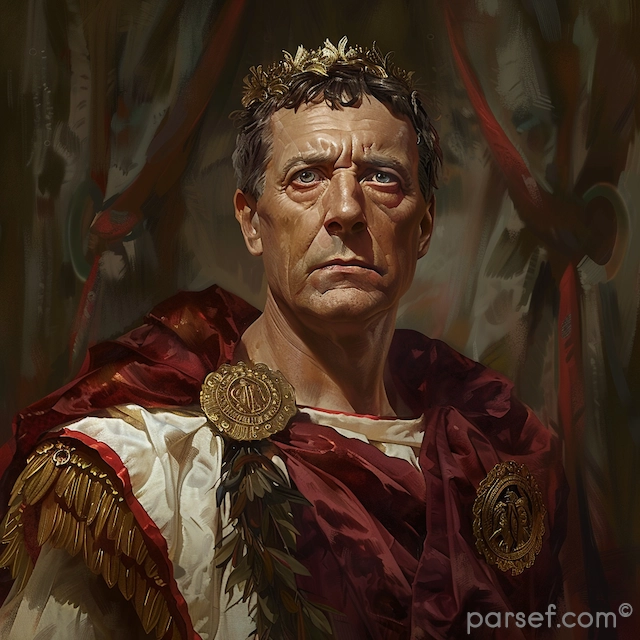
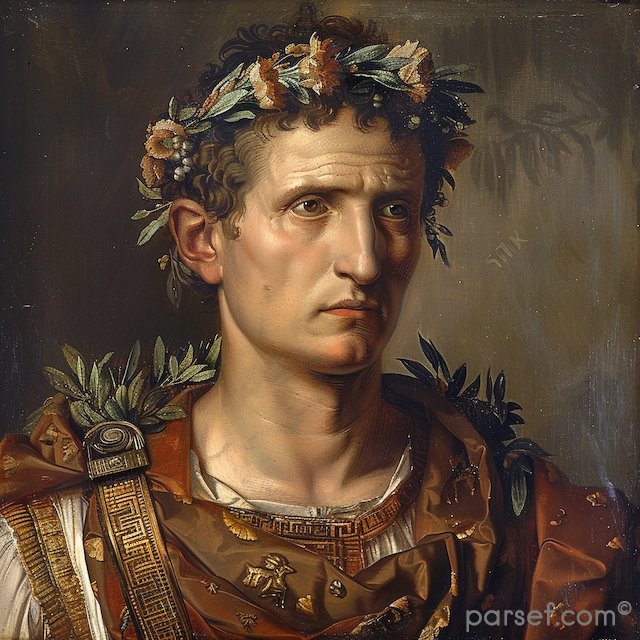
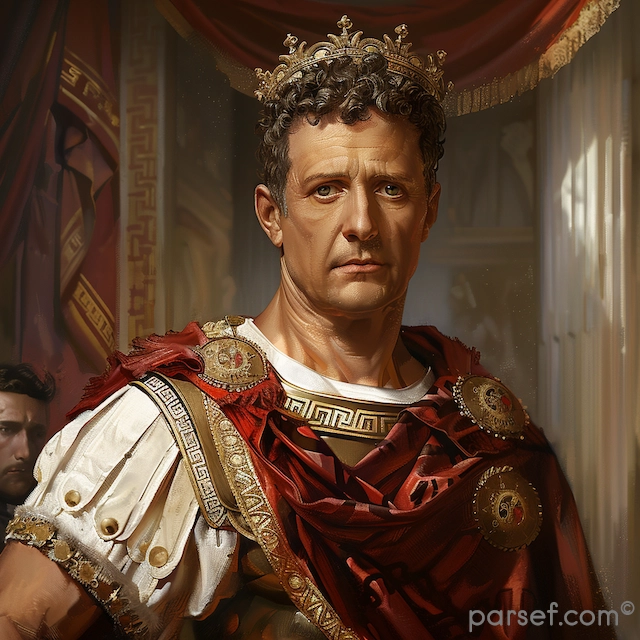
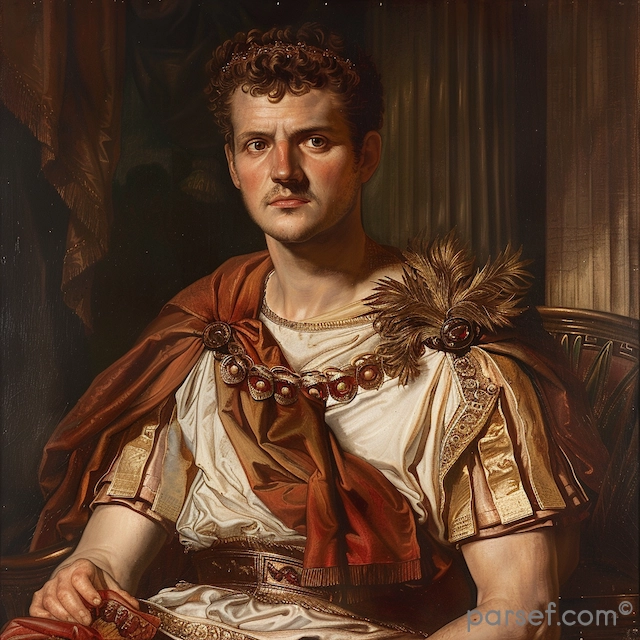
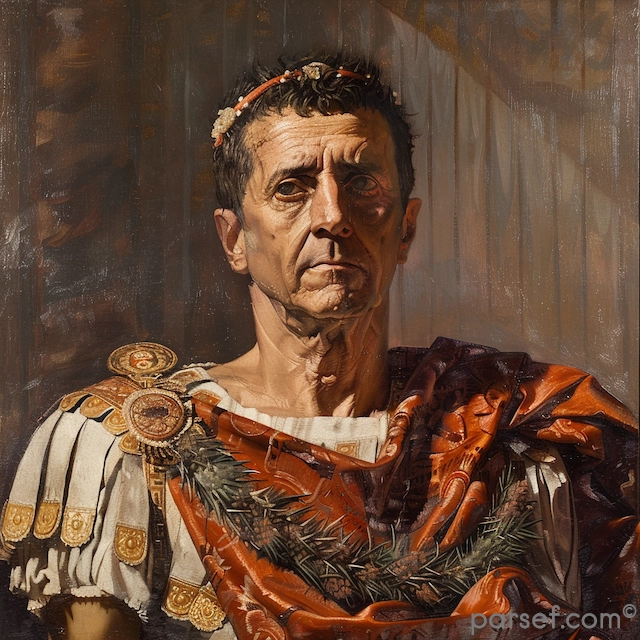

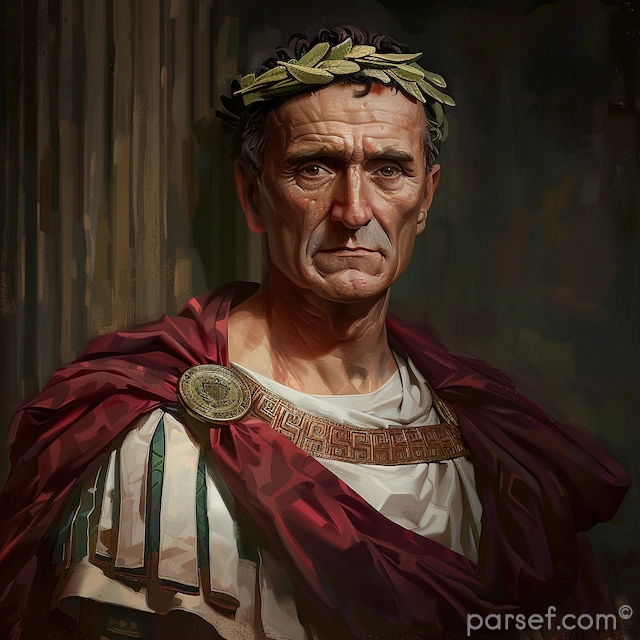
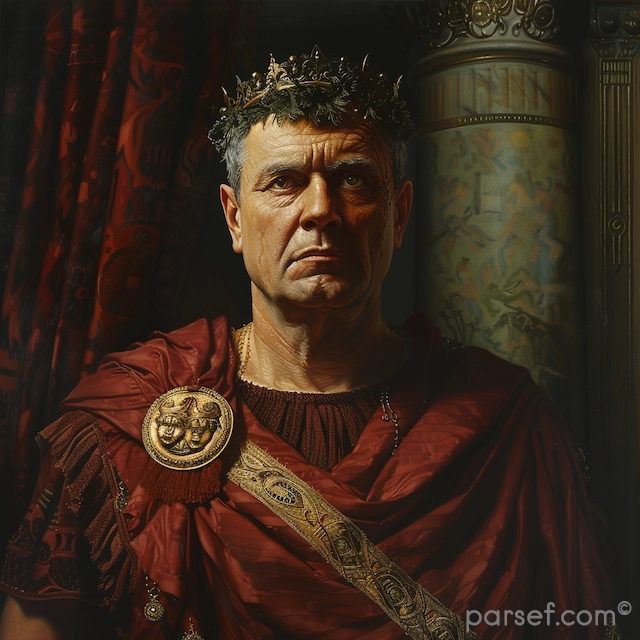


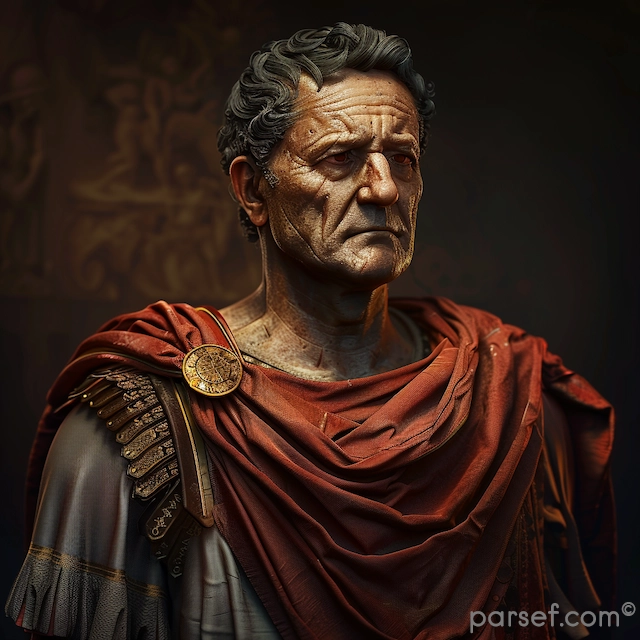
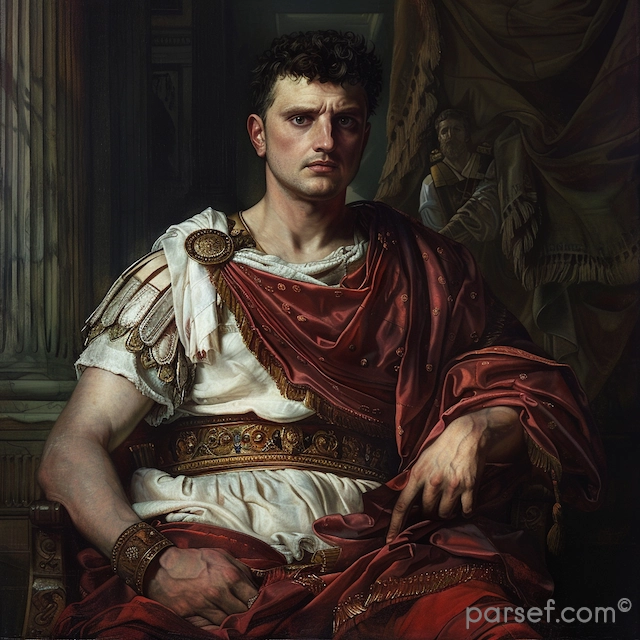
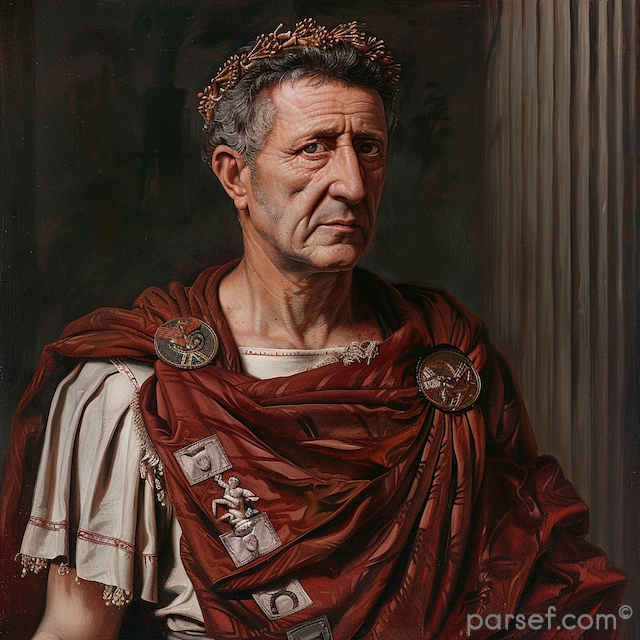




Latest




Popular




Useful




